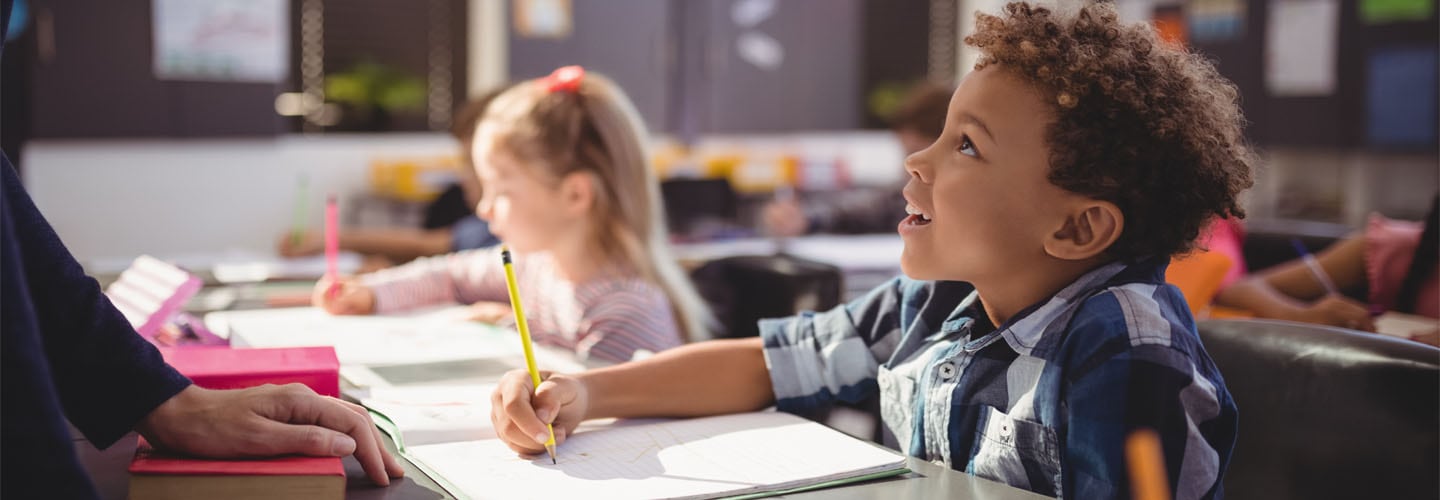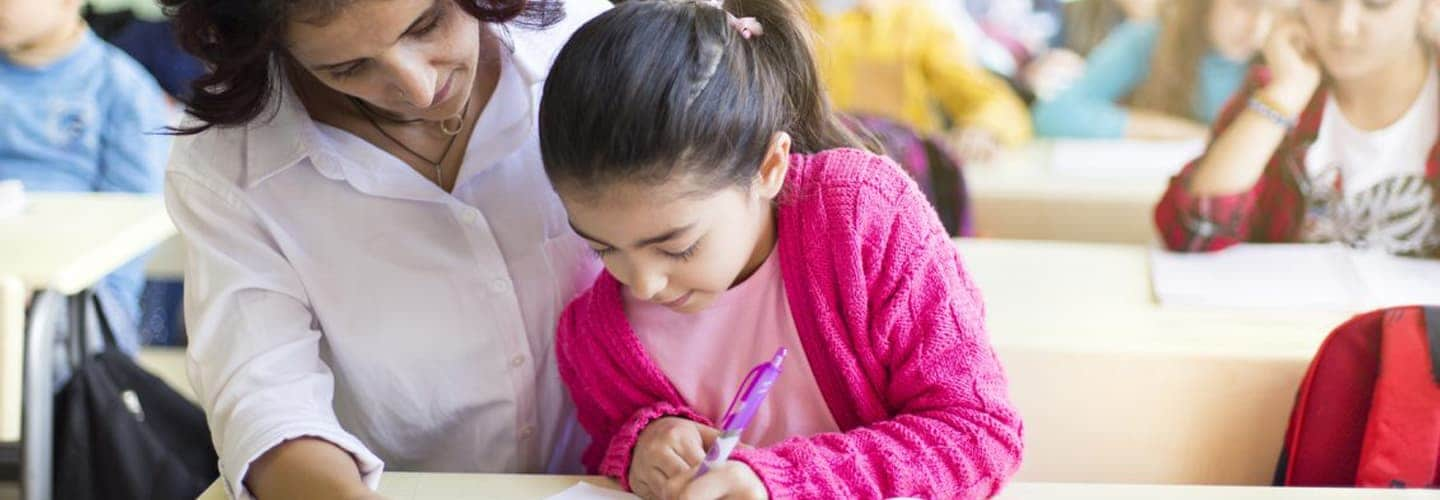
- Inclusivity and wellbeing
- Language teaching
The importance of diversity and inclusion in your curriculum
Systemic racism has a negative impact on the education of many students across the world. This can start as early as preschool.
Studies have also shown a correlation between teacher expectations and student achievement. Worryingly, these expectations can be negatively affected by racial prejudice.
Education should be a powerful force for social change
In recent history, various events have sparked a global uprising against systemic racism and discrimination. Protests have touched every part of society, from arts to sports to politics to education. A key demand is for real, structural change to society so that the lives of Black, Indigenous, People of Color (BIPOC) are valued as they should be.
Mutuma Ruteere, former UN Special Rapporteur on contemporary forms of racism, said that “education has a central role in creating new values and attitudes and providing us with important tools for addressing deep-rooted discrimination and the legacy of historical injustices.”
Promoting diversity and inclusion
As we look to the future, and imagine a world we want to live in, it’s important to examine how we create these materials and courses. Our aim is to ensure that what we produce is bias-free, inclusive and actively anti-racist.
Education will always remain a key instrument for disarming ignorance and bigotry.
We set up an Employee Resource Group (ERG), which has created a set of principles for Pearson authors and editors. The group’s aim is to lay the groundwork for courses that reflect all parts of a diverse society.
The guidelines were developed by our BAME and African American ERGs. Ade Gachegua led the project alongside internal and external consultants, including the author of the Black Curriculum Report, Dr. Jason Arday.
Challenges to overcome together
The guidelines identified five main challenges and suggested the following ways to overcome them:
1. Underrepresentation
Are people from a BIPOC background equally represented in educational products? The guidelines recommend that people of different ethnicities should be included in all course material and portrayed as equal to one another.
Choosing texts and pictures which promote racial equality is also important.
2. Exaggerated negative associations
Negative associations are exaggerated when unfavorable characteristics or traits are linked to people of minority ethnicities again and again. This is how stereotypes are built and reinforced in the minds of learners.
We can take steps to prevent this by choosing our language carefully, avoiding racist texts and refuting any suggestion that behavior is linked to one ethnicity more than another.
3. Limited positive associations
Stereotypes of all kinds can be harmful - even positive ones. The guidelines recommend including people from minority ethnicities as positive role models in all contexts, not just the ones they might be traditionally associated with.
This way, we broaden our learners’ horizons and show them that they have the potential to succeed in any field, regardless of their background.
4. Missing stories
When it comes to contributing to public life, individuals from minority ethnicities are often overlooked. For example, when it comes to history, educators tend to disregard contributions from ethnic minorities.
It’s not because their contributions are less significant, but because the long history of racism has led to their contributions to public life being more limited and deliberately overlooked.
It’s important that educational materials include these ‘missing stories.’ This helps learners to develop a richer and more diverse view of society and its participants.
5. The ‘problem’ frame
Educational texts often speak about people from BIPOC backgrounds as helpless victims of their ‘own’ disadvantage. Instead, we need to view racism as a systemic, social and institutionalized problem, external to the individuals that it affects.
Authors and editors use the guidelines and an accompanying checklist to ensure that our courses reflect all parts of a diverse society. This means that you can be confident that the classroom materials you’re using to teach your students will empower each and every one of them to reach their full potential.
You can apply this checklist to your own teaching and resources to help you ensure that what you are covering is diverse and inclusive. Making for a more positive classroom experience for all.
Further reading
If you’d like some practical tips on making your classroom more inclusive, look at our blog post on the importance of teaching values to young learners. You can learn about bringing cultural diversity into your classroom as well.







